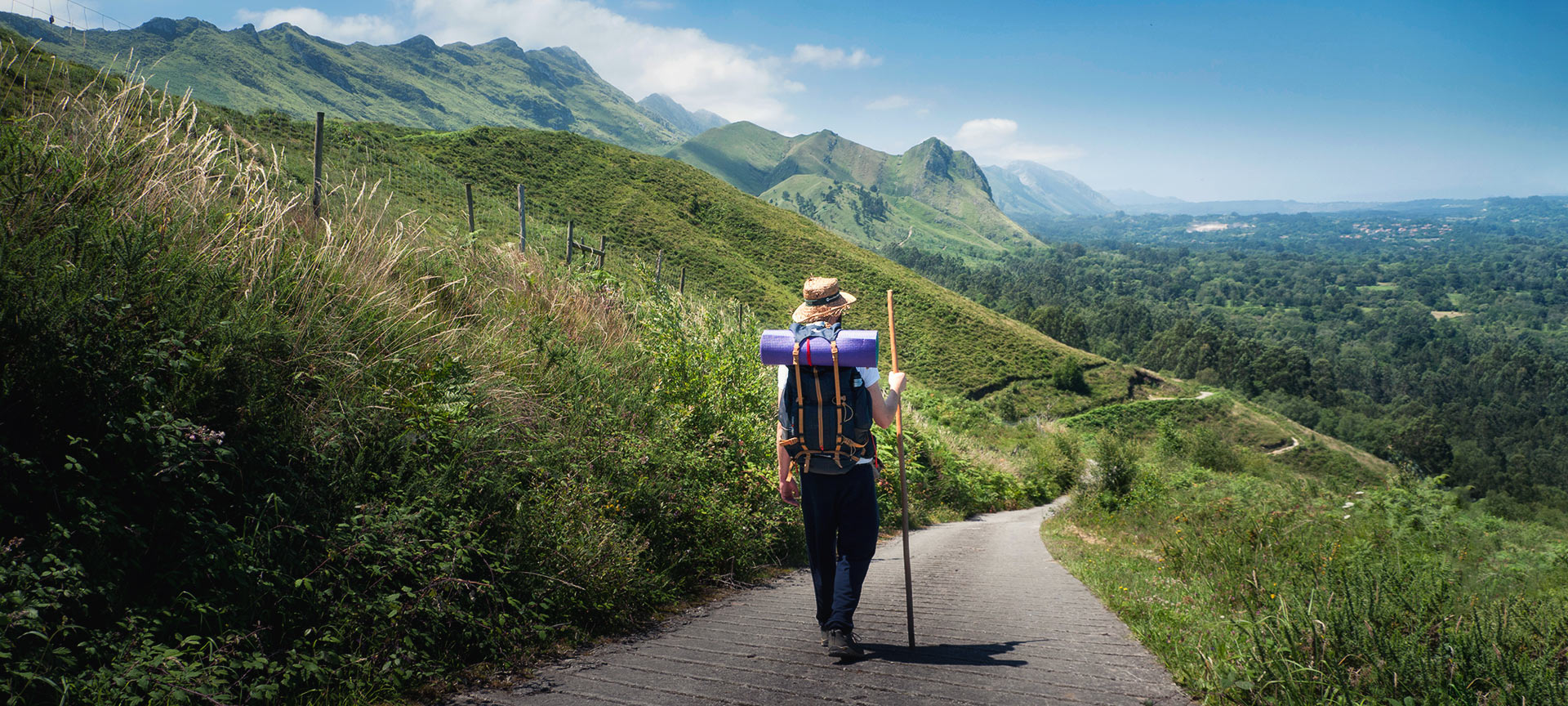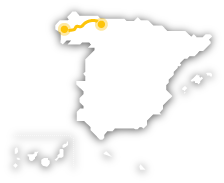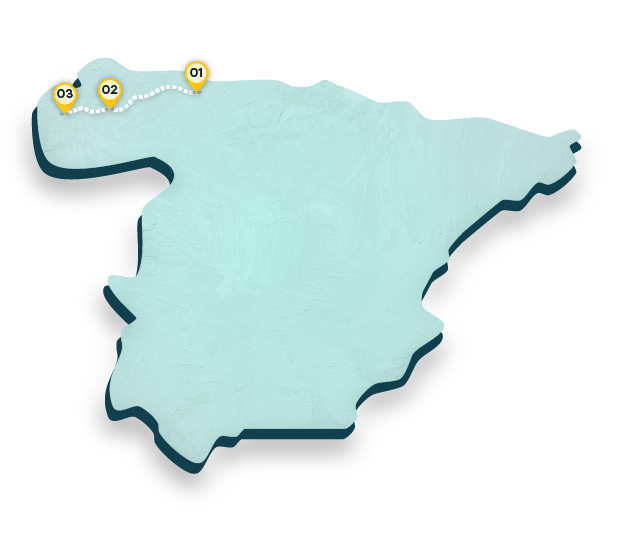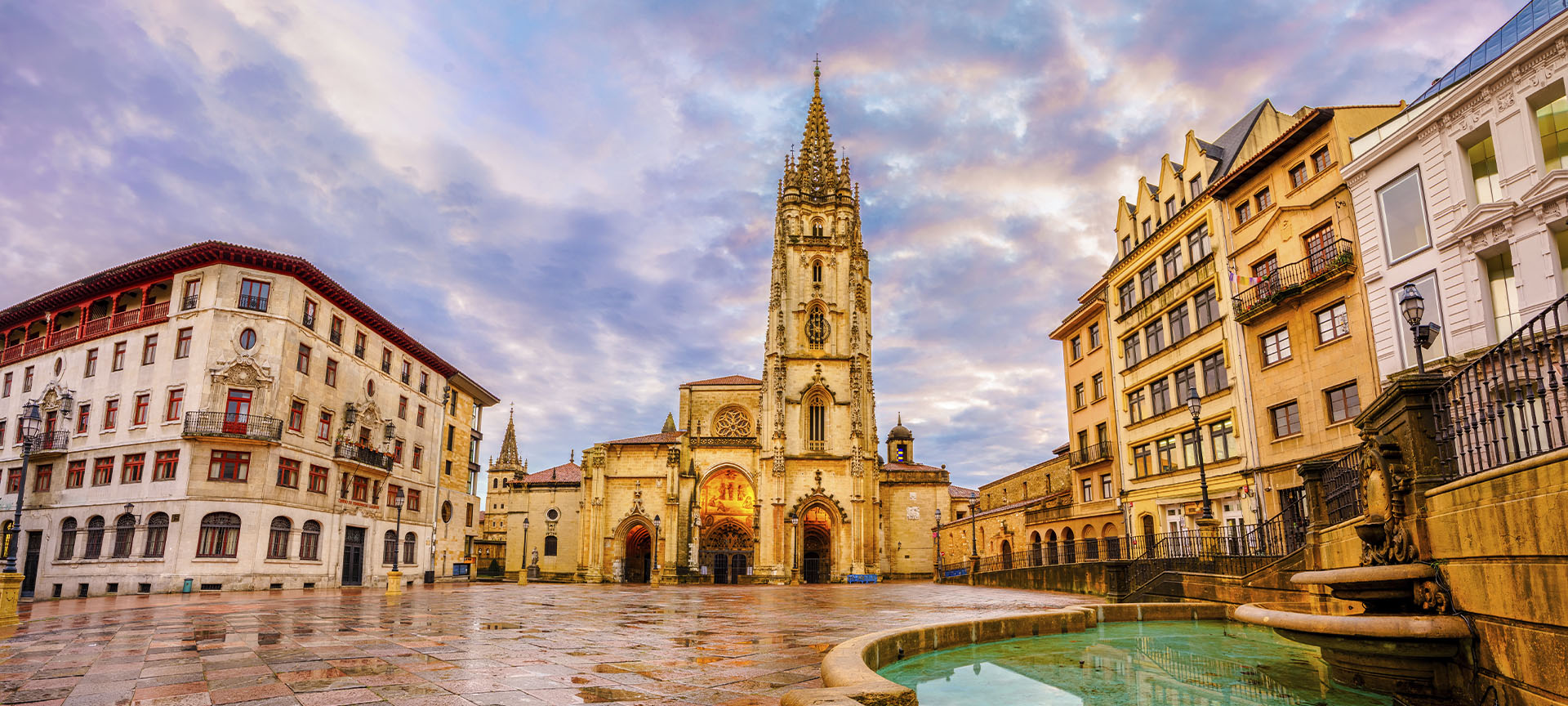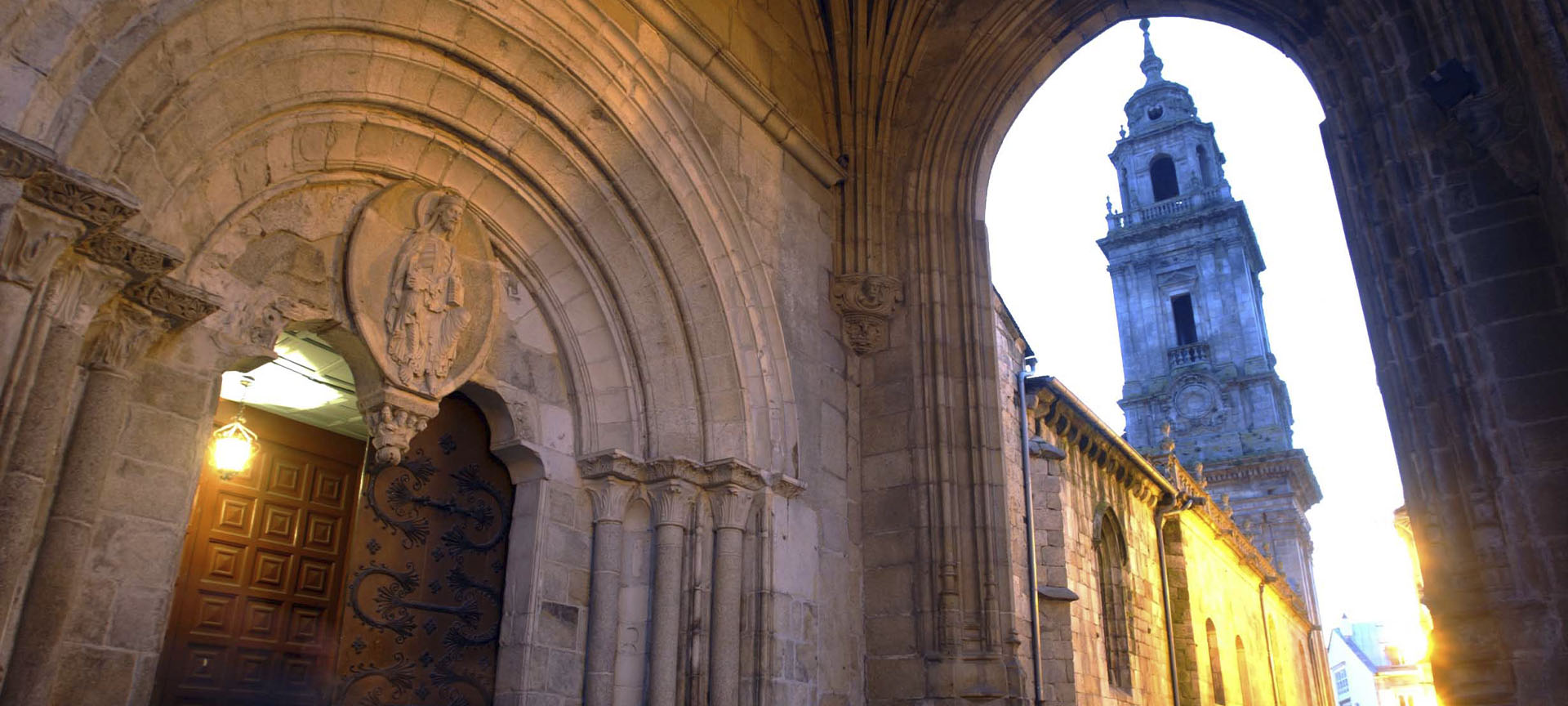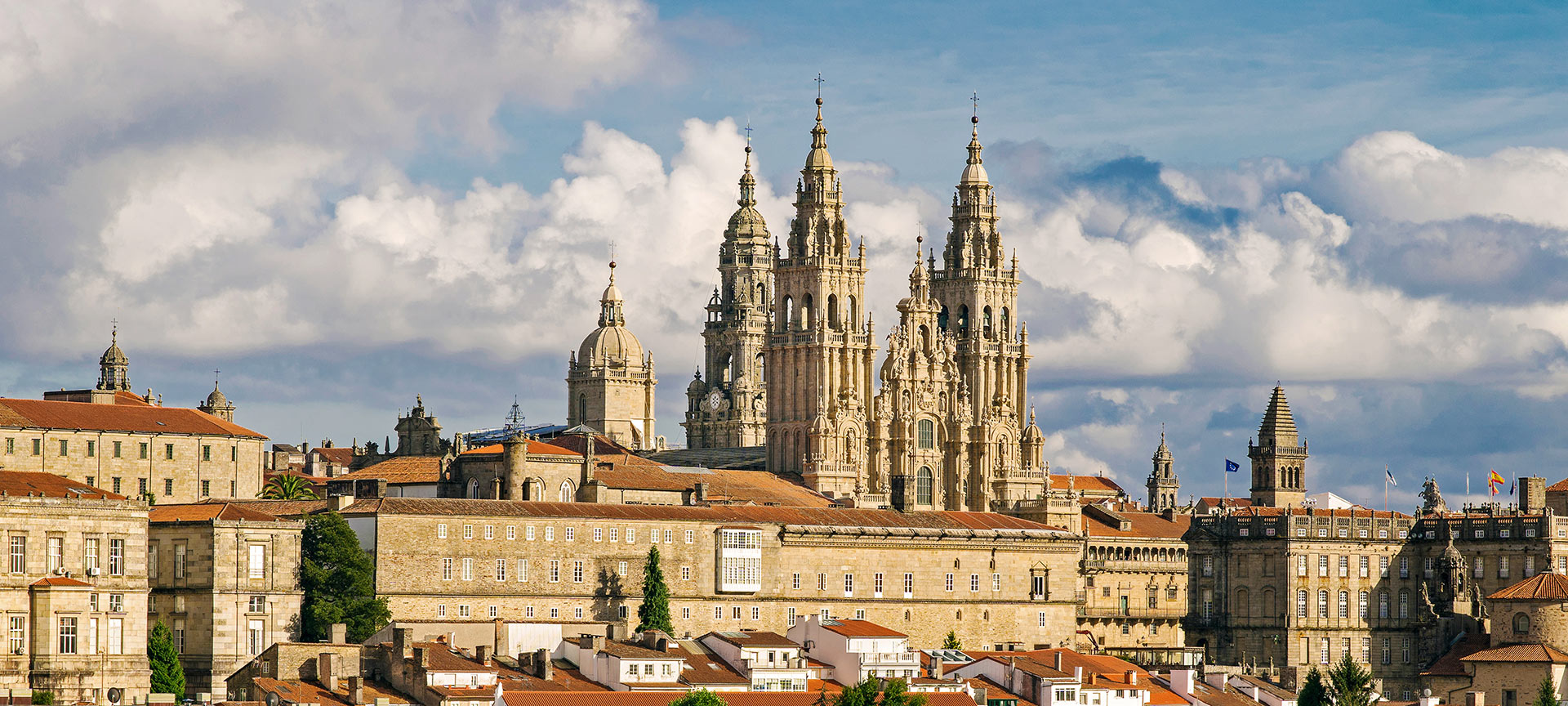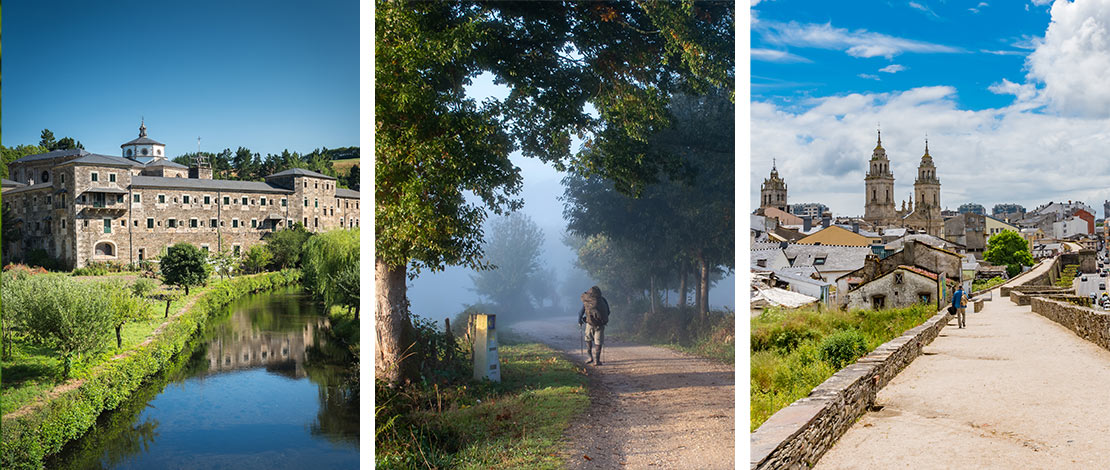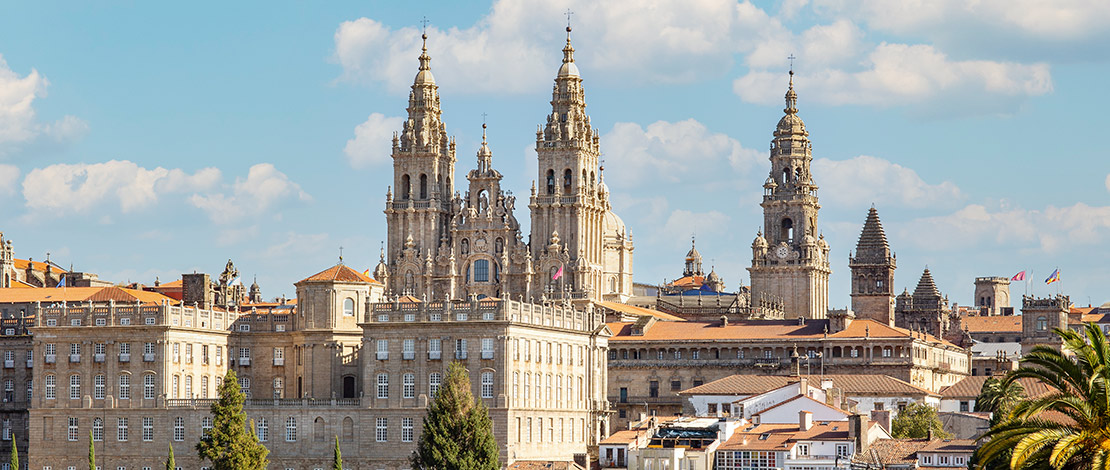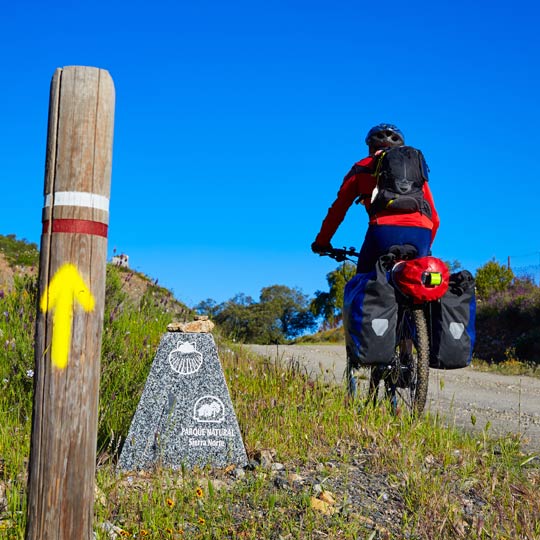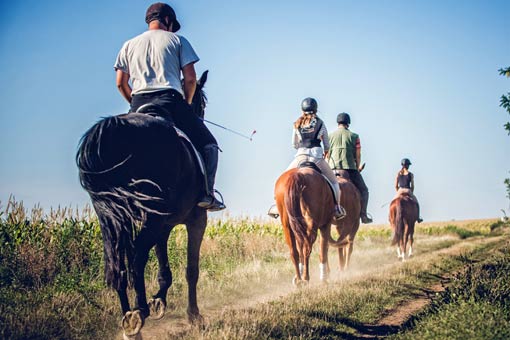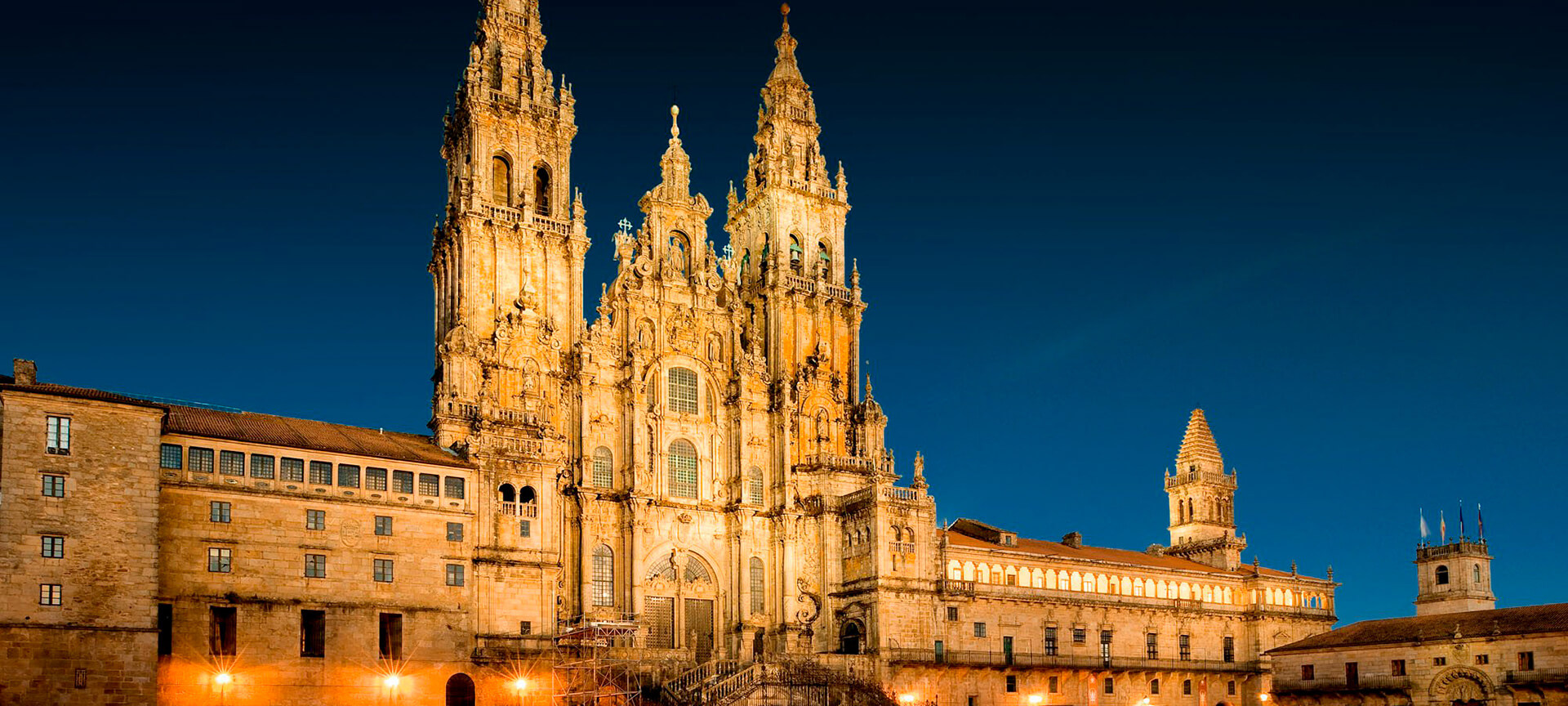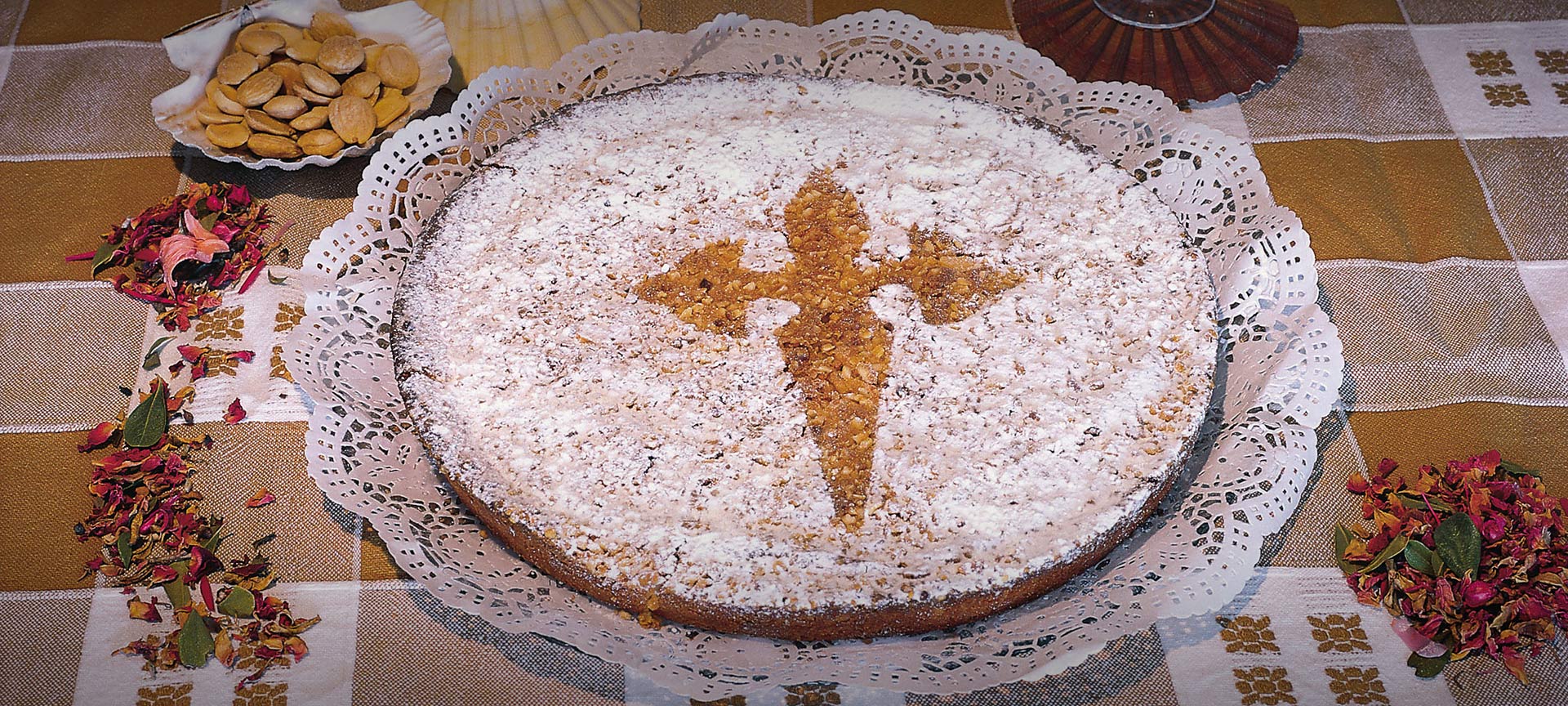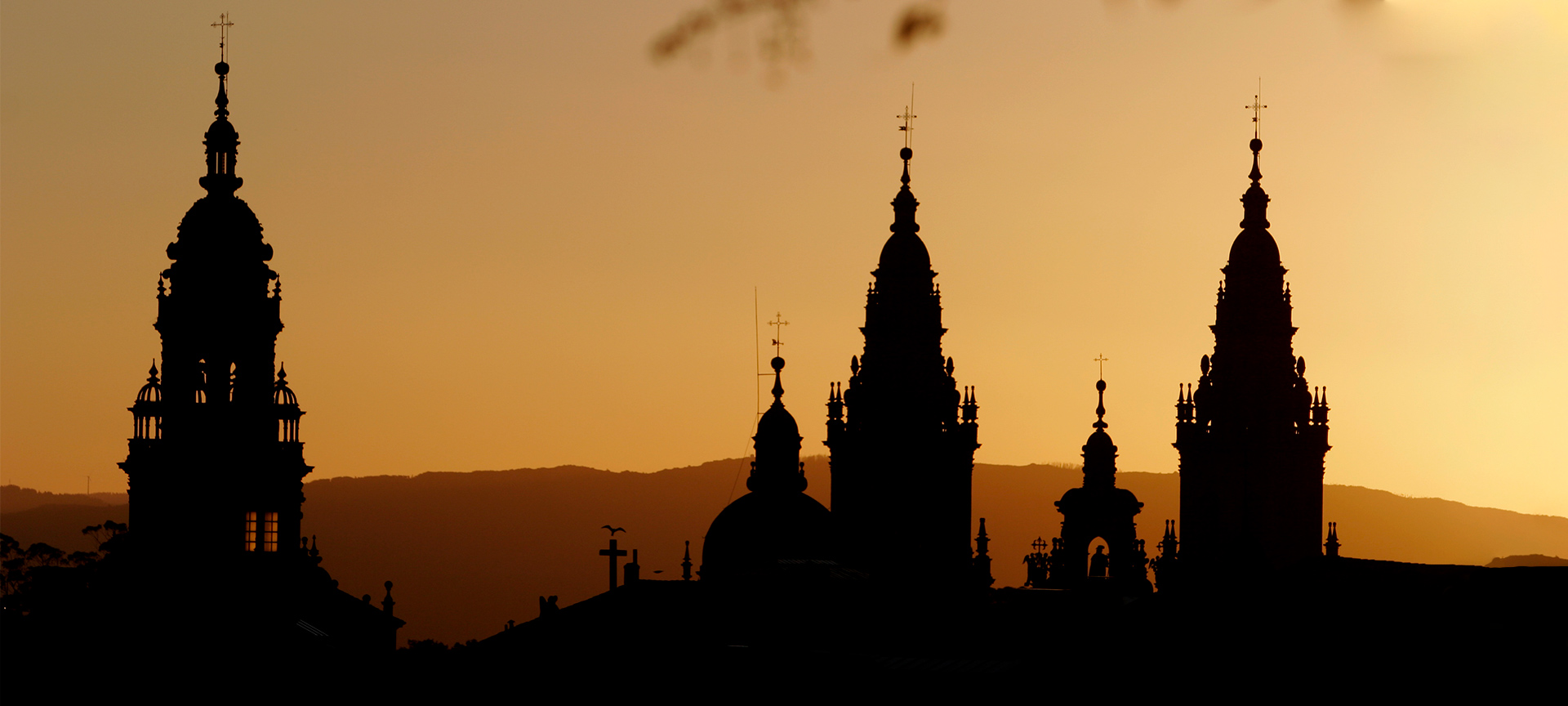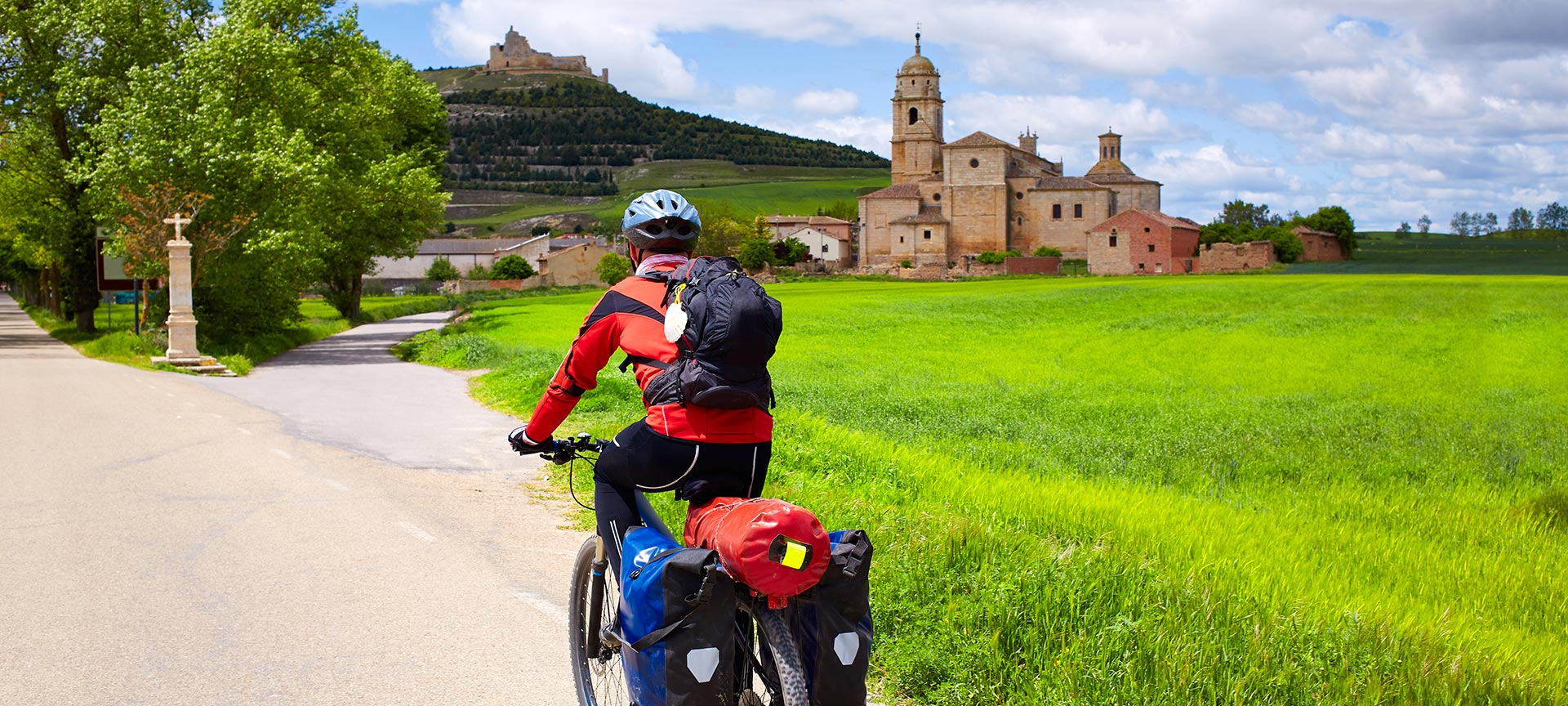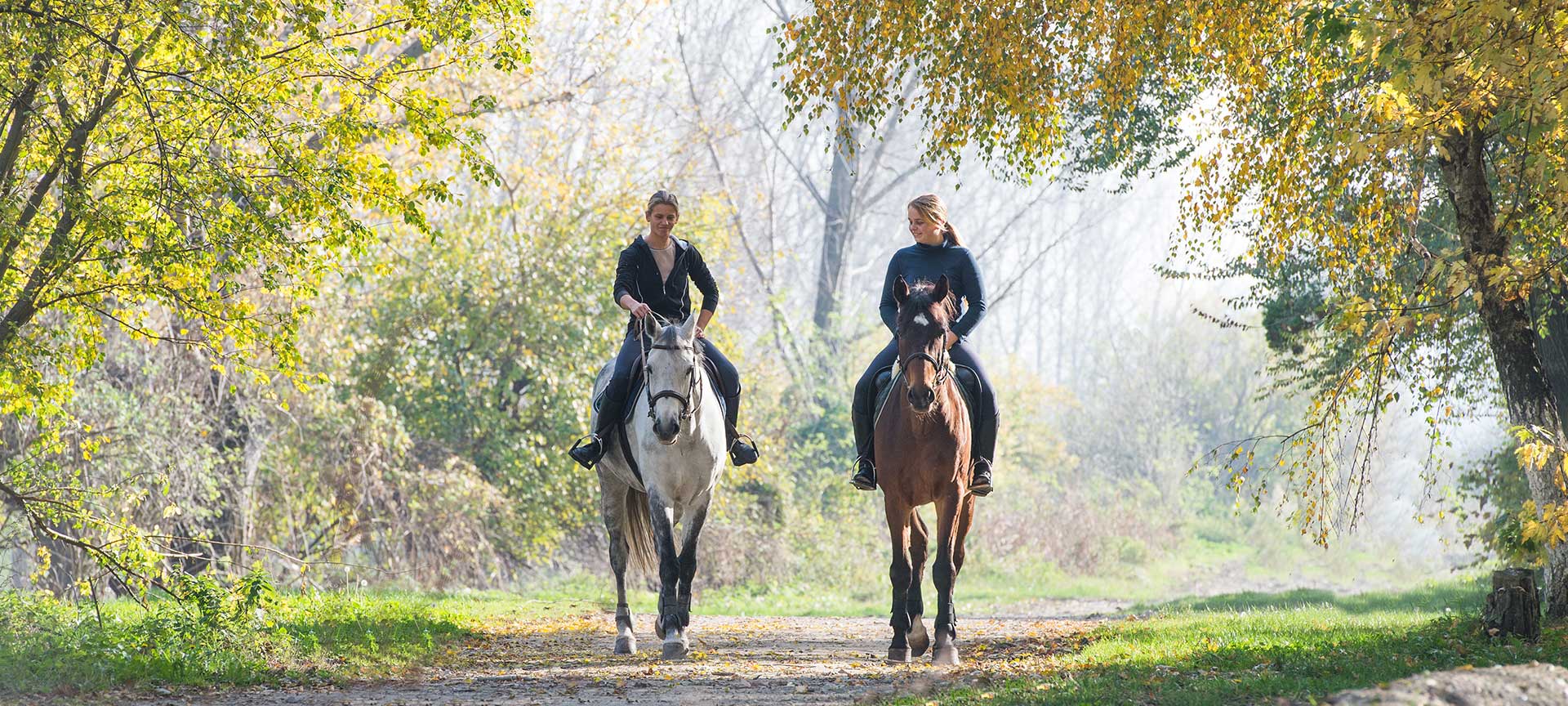
Asturias
Approximate distance: About 170 kilometers.Recommended stages: 7 or 8.The landscape you’ll be walking through is mainly rural, with small farming villages and not much industry. It takes you through the lushest nature of Asturias and may be the least urban part of the Camino de Santiago.If you’re sightseeing, Oviedo is worth a visit, with its cathedral and its World Heritage pre-Romanesque churches. In Valduno, you can see the Roman baths of Santa Eulalia. The pretty town of Salas is home to the Collegiate Church of Santa María la Mayor and, in Cornellana, you will find an important example of Romanesque and Baroque art in the Monastery of San Salvador.The terrain in the final part of the route in Asturias is more rugged, and there are beautiful spots like the Grandas de Salime reservoir and the climb to Puerto de Acebo.
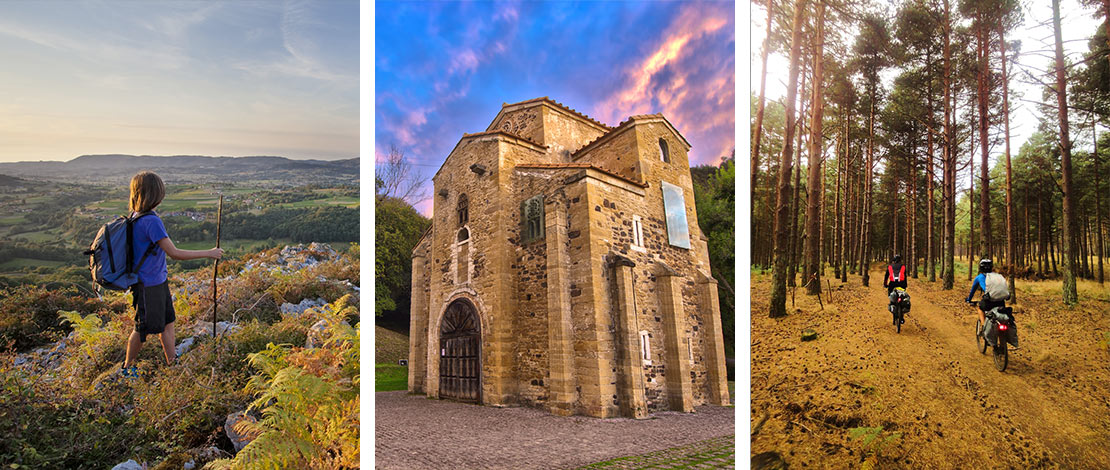
You’ll like:- Having a meal in the historic town centre of Oviedo, discovering the tradition of Asturian ciders and the enormous portions of food. - Walking in the footsteps of the first pilgrims. Many people say that the Primitive Way is the closest to the origins of the pilgrimage route, as it is mostly in natural settings, far from the cities and less crowded. There is a variant from Tineo to Boures which conserves part of the original route. Remember that you do need to be in good shape physically to follow it.
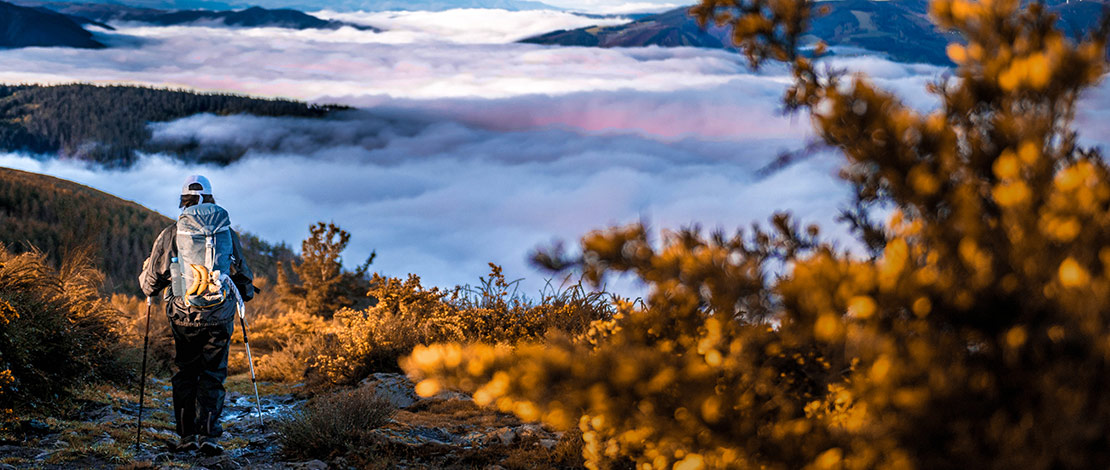
World Heritage sites to visit: Most visits are in the city of Oviedo: the Cámara Santa in the cathedral, the Foncalada (a fountain in front of the cathedral), the churches of Santa María del Naranco and San Miguel de Lillo (both on Monte Naranco) and the San Julián de Prados. They are all part of the World Heritage site Monuments of Oviedo and the Kingdom of the Asturias.Main stops on the Primitive Way of the Camino in Asturias: Oviedo – Grado -Tineo – Pola de Allande – Grandas de Salime – Puerto del AceboMore information: The Primitive Way of Saint James in Asturias
